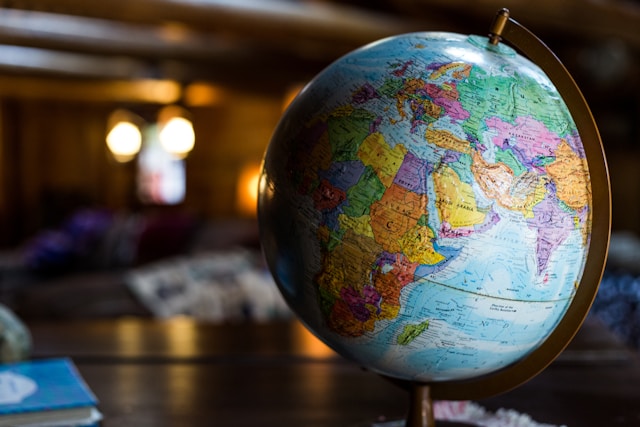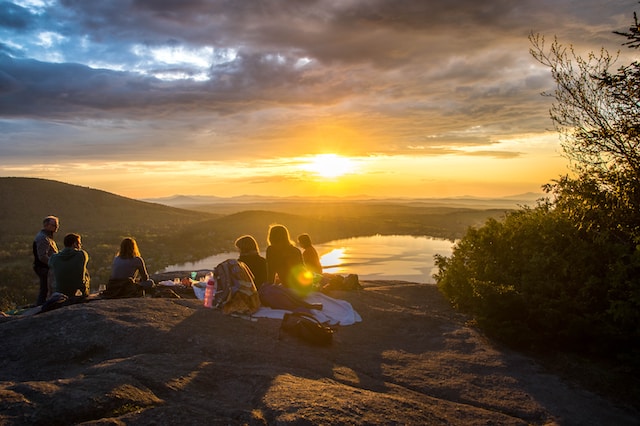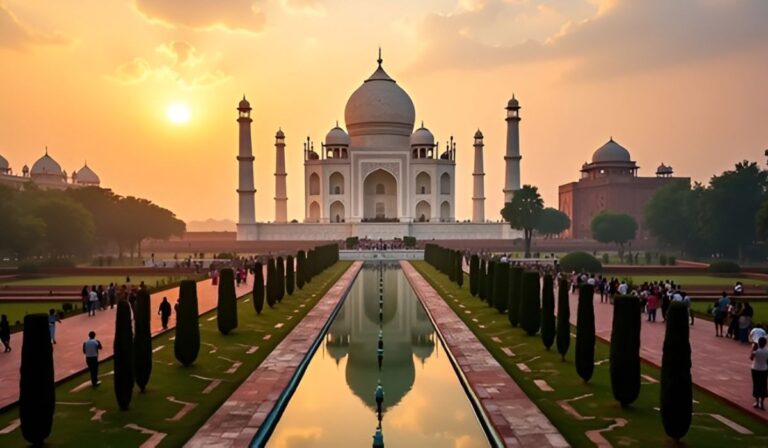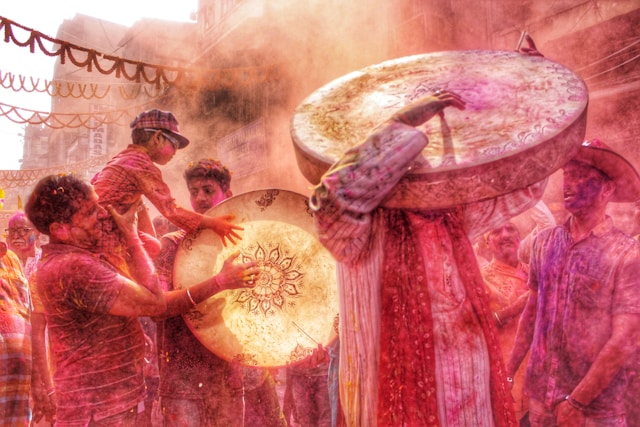Indian Geography – A Traveler’s Guide
India, a vast and diverse subcontinent, boasts a rich tapestry of geographical marvels that captivate travelers from around the world. From towering mountain ranges to serene beaches, from lush green valleys to arid deserts, India’s geography is a kaleidoscope of natural wonders that beckon exploration. This travel guide delves into the unique landscapes, climatic regions, and geographical features that make India a truly remarkable destination.
The Majestic Himalayas
Stretching across the northern frontiers of India, the majestic Himalayas stand as a colossal natural barrier and a breathtaking sight for travelers. This mighty mountain range, which includes some of the world’s highest peaks, such as Mount Everest and K2, is a trekker’s paradise. Whether you’re an experienced mountaineer or a casual hiker, the Himalayas offer a wealth of trekking opportunities, from challenging multi-day treks to scenic day hikes. Popular trekking destinations include Ladakh, Uttarakhand, and Sikkim.
Travel Tip: Acclimatize properly to the high altitudes and carry appropriate gear for your trek. Consider hiring a local guide for added safety and insight into the region.
The Captivating Deserts
In stark contrast to the snow-capped peaks of the Himalayas, India is also home to some of the most arid and enchanting deserts on the planet. The Thar Desert, located in the northwestern regions of the country, is a vast expanse of undulating sand dunes and rugged terrain. This desert offers unique cultural experiences, such as camel safaris, desert camping, and opportunities to witness traditional folk dances and music. The desert cities of Jaisalmer and Jodhpur are must-visit destinations, showcasing magnificent forts and palaces amidst the arid landscape.
Travel Tip: Pack lightweight, breathable clothing and carry ample water when exploring the deserts. Consider visiting during the cooler months for a more comfortable experience.
The Coastal Wonders
India’s geography is further enriched by its extensive coastline, which stretches for over 7,500 kilometers (4,660 miles). From the serene backwaters of Kerala to the sun-drenched beaches of Goa, India’s coastal regions offer a diverse array of natural landscapes and beach experiences. The Bay of Bengal and the Arabian Sea, which flank the subcontinent, are home to a wealth of marine life, making them popular destinations for water sports, beach hopping, and coastal exploration.
Travel Tip: Plan your coastal trip during the dry season for optimal beach weather. Consider staying in beachfront resorts or traditional houseboats for an authentic experience.
The Mighty Rivers
India is crisscrossed by a network of mighty rivers that have played a pivotal role in shaping the country’s geography and culture. The Ganges, revered as a sacred river by Hindus, meanders through the northern plains, providing sustenance to millions. Travelers can embark on river cruises or take part in religious festivals along the banks of the Ganges for a truly immersive cultural experience. The Brahmaputra, another mighty river, originates in the Himalayas and snakes its way through the northeastern regions, carving out lush valleys and pristine landscapes along its course.
Travel Tip: Respect local customs and traditions when visiting holy sites or participating in religious festivals along the rivers.
The Diverse Climatic Regions
India’s geography encompasses a remarkable diversity of climatic regions, ranging from the tropical rainforests of the Western Ghats to the freezing temperatures of the Himalayan peaks. The country experiences a range of climatic conditions, including the humid monsoon season, the scorching summer heat, and the chilly winter months, each bringing its own unique charm and challenges to the various regions. Travelers should plan their itinerary accordingly, considering the weather conditions and seasonal variations.
Travel Tip: Pack appropriate clothing and gear for the climatic region you plan to visit. During the monsoon season, carry rain protection and be prepared for potential travel disruptions.
Natural Wonders and Biodiversity
India is a veritable treasure trove of natural wonders and biodiversity. From the stunning backwaters of Kerala to the breathtaking Valley of Flowers in Uttarakhand, the country boasts a rich tapestry of ecosystems that support a wide array of plant and animal life. The Western Ghats and the Eastern Himalayas are recognized as global biodiversity hotspots, home to countless species of flora and fauna, many of which are found nowhere else on Earth. Travelers can explore these natural wonders through guided tours, safaris, and eco-tourism initiatives.
Travel Tip: Respect the fragile ecosystems and follow responsible tourism practices when visiting natural reserves and national parks. Consider hiring knowledgeable local guides for a deeper appreciation of the region’s biodiversity.
Must-Know Facts for Travelers
- India is the 7th largest country in the world by area, covering an area of 3.28 million square kilometers.
- The Himalayas, the world’s highest mountain range, form India’s northern boundary, with peaks like Mount Everest, K2, and Kanchenjunga.
- The Thar Desert, located in the northwestern part of India, is one of the world’s most arid regions and a popular destination for desert safaris.
- India has a coastline of over 7,500 kilometers, with the Arabian Sea to the west and the Bay of Bengal to the east, offering diverse beach experiences.
- The Ganges, Brahmaputra, Indus, and Godavari are among India’s major rivers, providing water for irrigation and sustaining life, as well as offering cultural and religious significance.
- India has diverse climatic regions, ranging from tropical in the south to temperate and alpine in the north, affecting travel plans and packing requirements.
- The Western Ghats and Eastern Himalayas are recognized as global biodiversity hotspots, home to unique plant and animal species, offering opportunities for eco-tourism and wildlife exploration.
India’s geography is a tapestry of natural wonders, cultural heritage, and diverse landscapes, making it a truly captivating destination for travelers from around the world. With careful planning and respect for local customs and environments, you can embark on an unforgettable journey through India’s rich geographical tapestry, creating lasting memories and experiencing the country’s unique charm.
Subscribe to Our Newsletter for Exclusive Travel Offers!







